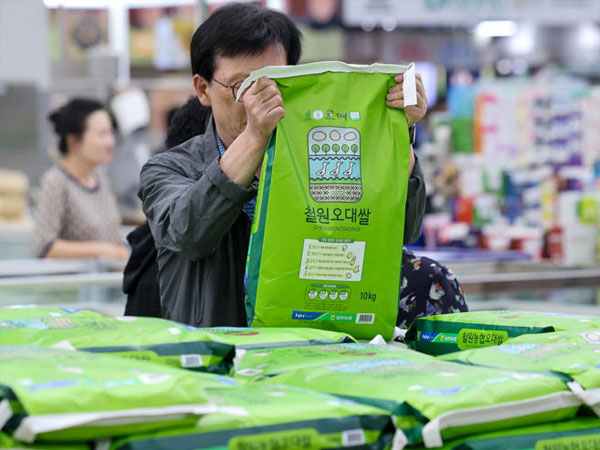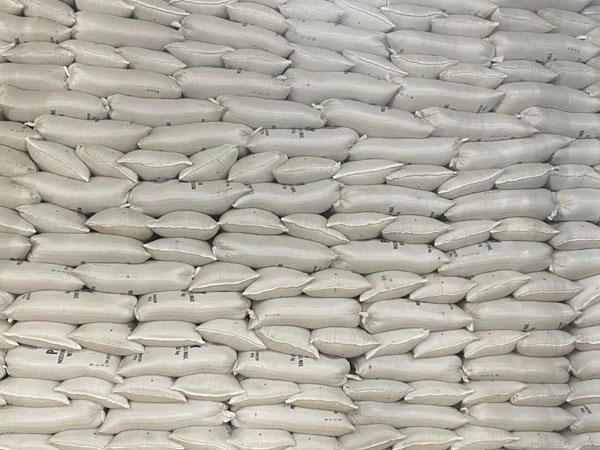 As prices of food items such as rice, bread, coffee, and eggs surged, the consumer price inflation rate last month rose back to the 2% range for the first time in two months. According to the *September Consumer Price Trends* released by the National Data Agency on the 2nd, the consumer price index last month was 117.06 (2020=100), up 2.1% compared to a year ago. It exceeded the Bank of Korea’s inflation target of 2% for the first time in two months since July (2.1%). In August, the inflation rate had fallen to 1.7% due to the effect of reduced fees following the SK Telecom hacking incident.
As prices of food items such as rice, bread, coffee, and eggs surged, the consumer price inflation rate last month rose back to the 2% range for the first time in two months. According to the *September Consumer Price Trends* released by the National Data Agency on the 2nd, the consumer price index last month was 117.06 (2020=100), up 2.1% compared to a year ago. It exceeded the Bank of Korea’s inflation target of 2% for the first time in two months since July (2.1%). In August, the inflation rate had fallen to 1.7% due to the effect of reduced fees following the SK Telecom hacking incident.
Food prices drove the inflation rate higher. Prices of domestic beef (4.8%), pork (6.3%), and mackerel (10.7%) surged, leading to increases of 5.4% and 6.4% in livestock and fishery products, respectively. Notably, egg prices jumped 9.2% due to increased demand ahead of Chuseok, marking the largest increase since January 2022 (15.8%). While vegetable prices, including napa cabbage (-24.6%), radish (-42.1%), carrots (-49.6%), and lettuce (-17.7%), declined by 12.3%, agricultural product prices only rose by 1.9%. However, rice, a staple food, surged by 15.9%. The government explained that frequent rain during the early rice harvest season in July-August delayed shipments, leading to a shortage of rice inventory. According to the Agricultural and Fishery Products Distribution Corporation (aT), the retail price of 20kg of rice on the 1st was 67,327 Korean won, up 27.1% from a year ago.
Bread prices, a substitute for staple foods, also rose by 6.5%, continuing a seven-month streak of over 6% increases since March. Driven by rising prices of bread and coffee (15.6%), processed food prices increased by 4.2%, maintaining the same high growth rate as the previous month.
External food prices, including raw fish (6%), rose by 3.4%, a larger increase compared to the previous month (3.1%). This was due to a combination of factors such as increased delivery fees and the base effect from last year’s holiday sales events. The core inflation indicator, excluding food and energy prices in the OECD methodology, rose by 2%. When asked whether the livelihood recovery consumption coupons affected inflation, Lee Du-won, an economic trend statistics review officer at the National Data Agency, replied, “It does not appear to have had a significant impact.”














© Copyright 2025 The SSResource Media.
All rights reserved.